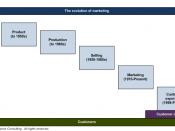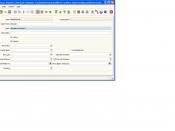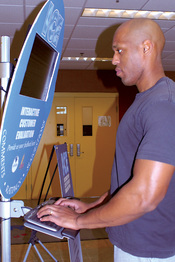Kanthal Case Study Solutions
INTRODUCTION:
Kanthal is company that specializes in the production and sales of electrical resistance heating elements. Kanthal has about 10,000 customers and they produce about 15,000 items. The company consists of three divisions and these three divisions are as follows:
1)Kanthal Heating Technology - 25% global market share
2)Kanthal Furnace Products - 40% global market share
3)Kanthal Bimetals - Manufacturer of one of the few fully integrated temperature control devices
Mr. Ridderstrale, who became the President of the company in 1985, developed and
implemented a plan that has involved completely changing and over-hauling their pre-existing traditional cost system. The new plan has been installed with the hopes that it will provide more accurate information about their manufacturing cost structure, as well as the costs of supplying individual customers and orders. With this new information, Kanthal plans to redirect its resources to customers with hidden profits and reduce efforts that are focused on customers with hidden losses.
The ultimate purpose for this system change is to achieve higher growth and profitability.
PROBLEMS, ANSWERS & SOLUTIONS:
Question 1:
Why have selling administrative costs not traditionally been traced to individual products and customers?
Answer 1:
Under the old costs system, Kanthal management felt that selling and administration costs were fixed costs, and as a result they could not be changed, manipulated, or utilized to influence growth or profitability. Traditionally, Kanthal had considered S&E expenditures to be period costs and were expensed in that manner rather than allocating them to the various product lines and customers. Under the old system, management failed to realize that some of their customers placed heavy demands on the organization while others did not. Therefore, no attempts were made to allocate S&A costs to the customers or product lines. As a result, costs were spread...


